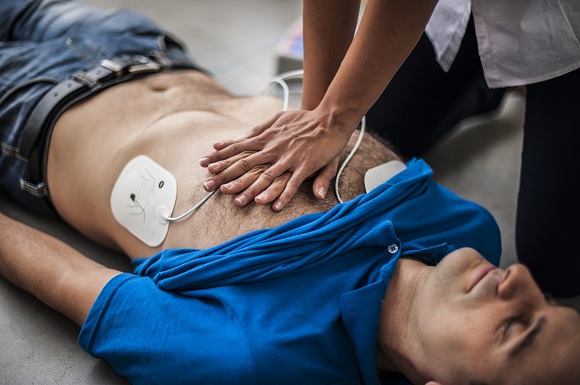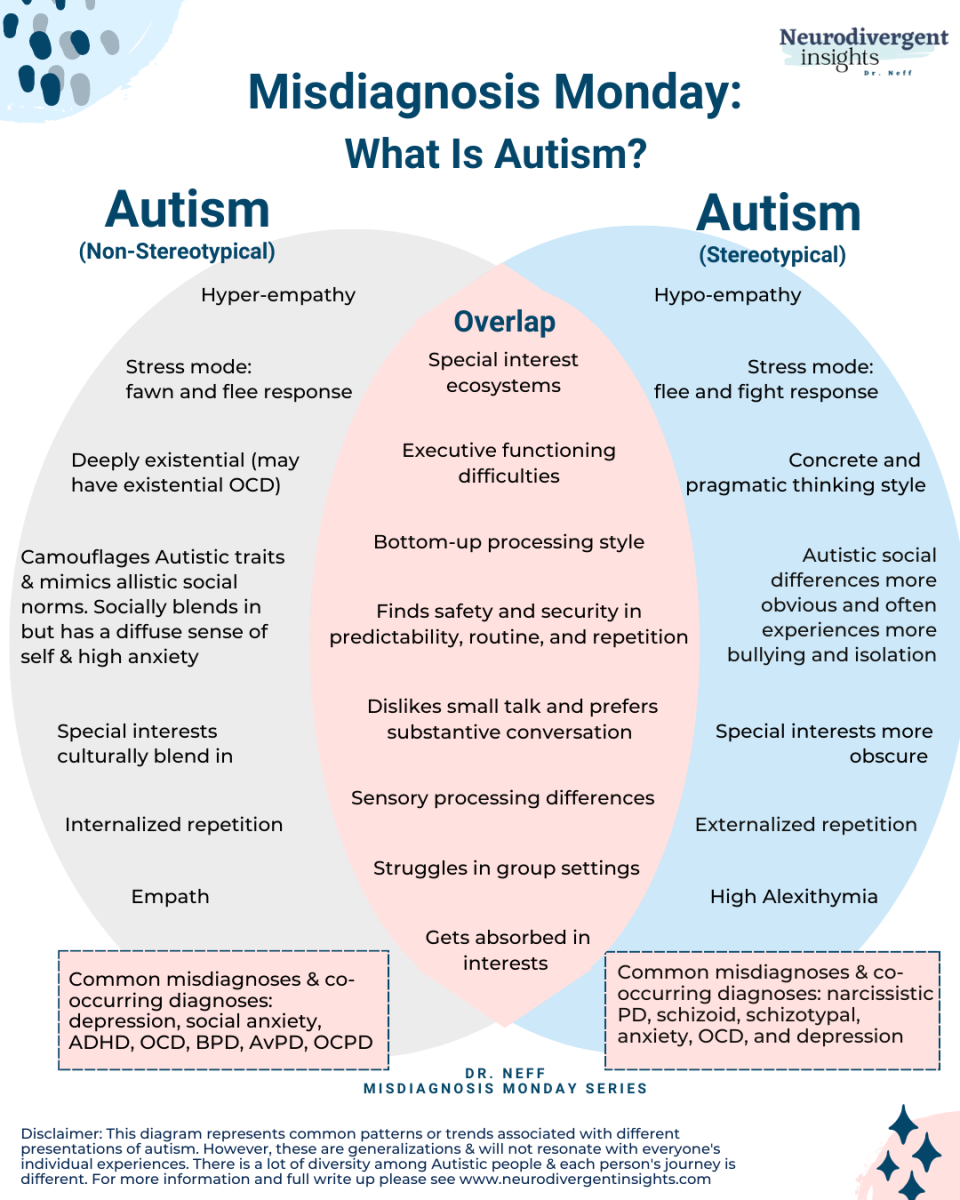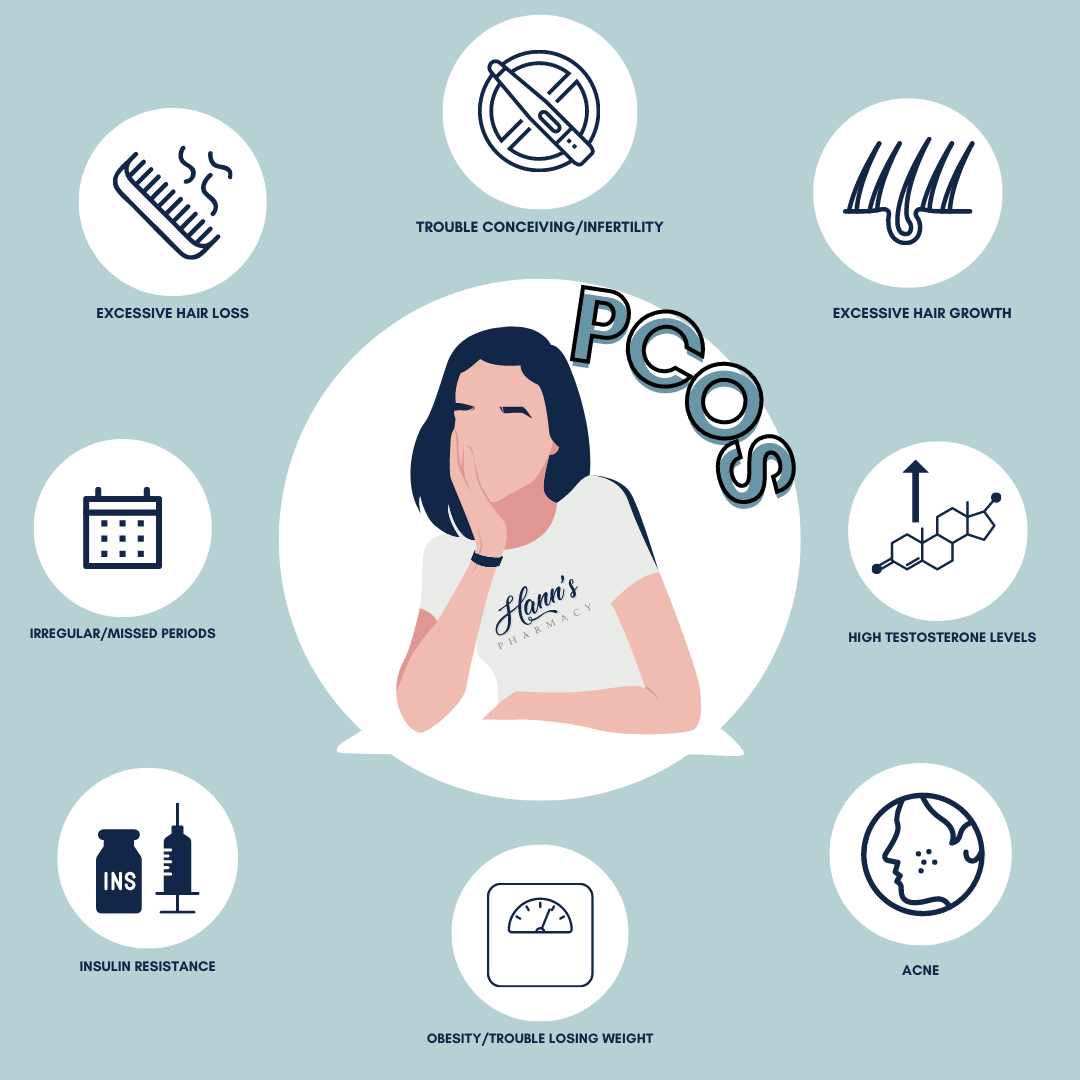Imagine you’re at a five-star restaurant with your date; as you enjoy your medium-rare steak, accompanied by mashed potatoes with gravy and some pan-grilled vegetables, a middle-aged man drops to the floor with his hands wrapped around his throat. The man’s face turns red, then purple, and you drop your utensils and quickly rush to his side.
“Hello, sir? Are you okay?!” you ask, then quickly aid the man to his feet to perform the Heimlich.
You make a fist with one hand and clasp the other around it, then place both hands below the victim’s diaphragm. You push up and into the stomach to force the diaphragm to produce enough air inside the lungs to force the lodged food out. But to no avail, the man’s hands drop to his side, and he becomes unresponsive.
Common knowledge of life-saving procedures is helpful in dire situations that can happen anywhere and anytime. CPR stands for cardiopulmonary resuscitation and is performed when someone is unconscious and not breathing. If your family members, friends, or any stranger ever falls victim to this situation, knowing what you can do to help them is important. But if you’re unfamiliar with how to perform these procedures, then it’s best if you start to learn as soon as possible.
First, you hurriedly tell the people around you to dial 911 and retrieve any available automated external defibrillator (AED). As the old man lies on the floor, facing up, you clasp your left hand on top of your right, open hand and place them in between the victim’s breasts. With adults and teens, you must do around 100-120 compressions per minute, and they should be at least 5 cm deep, but no more than 6 cm. After each round of compressions, lift the victim’s chin, plug their nose, take a deep breath and blow into their mouth. As you blow, ensure the victim’s chest rises since that indicates they’re receiving enough air to pump their heart. If not, quickly restart the process and ensure it rises this time. If both attempts fail, quickly move on to another round of compressions.
After administering an AED, turn it on. Most AEDs come with voice-automated steps you perform in the order they’re given, but if it doesn’t apply to yours, then this is what you need to do:
First, take off the victim’s clothes so it’s easier to stick the pads onto their body for an electric shock. A few issues might arise, such as body hair or underwear, which must be taken off. Usually, AEDs are equipped with shaving tools that come in handy in those situations, and if that happens to be your case, use them to shave off any body hair that gets in the way from skin-to-skin contact with the sticky pads. Secondly, put one of the sticky pads above the left breast, closer to the collarbone, and the other below the right breast. Allow the AED to analyze the victim’s heart rhythms before the defibrillator delivers the shock. When that’s complete, ensure no one else is touching the victim, so nobody gets injured and the shock can be delivered properly. After the shock is delivered, the defibrillator will instruct you when it’s safe to resume CPR.
Once dispatch arrives, you move off to the side and they take over. Before you leave, describe the situation and why he collapsed. Appreciating your work, dispatch ‘Good Samaritan Law,’ in case of any charges the victim might want to press against you. You thank them and head back to pick up your date, who’s standing from afar, impressed by your life-saving skills and calm, collected behavior in this suspenseful situation. You flash a smile, head to your car and drive back home.









